Author Archives
Stefan Taube
Posts composed by Stefan Taube
Blog Archives
April 3 2024, Stefan Taube
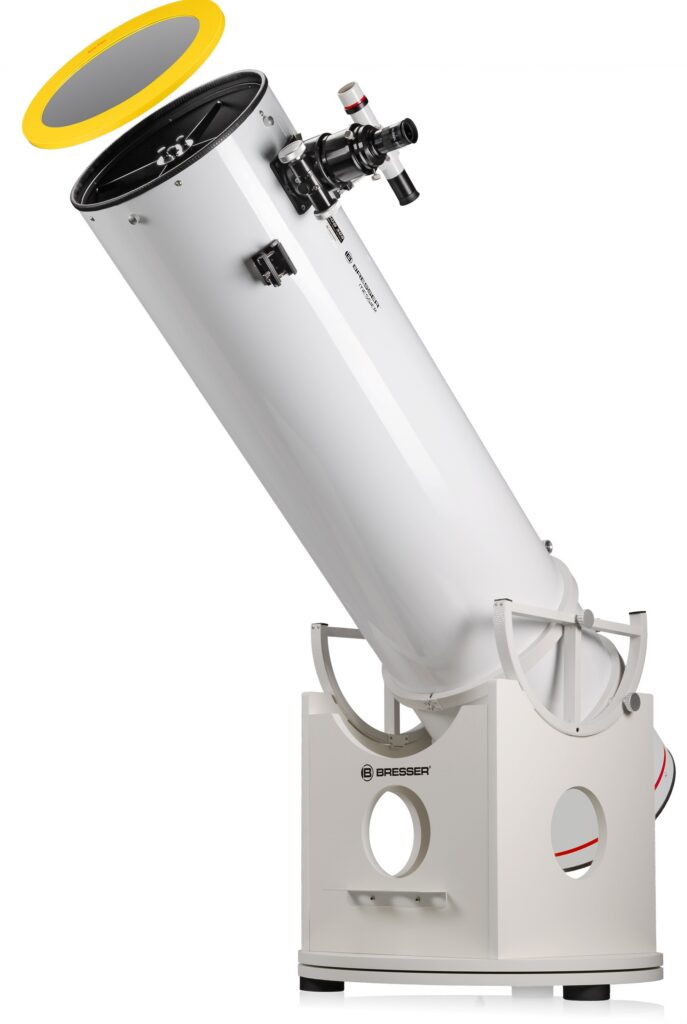
Dobsonian telescopes are simple in design and intuitive to use. They are therefore particularly popular with newcomers to astronomy and occasional observers. But experienced amateur astronomers also love this type of telescope, as the simple design allows the use of a large mirror at a fair price.
The traditional Bresser company now offers a Dobsonian telescope with a 305 millimetre mirror diameter in its Messier series: N 305/1525 Messier Hexafoc
This model also shares the special advantages of the Dobsonian telescopes in the Messier series:
- Newtonian optics with parabolic primary mirror
- Large altitude wheels and azimuthal needle bearing for movements without jerking
- Tube with tube clamps: The telescope can be finely balanced. It is even possible to use the optics on a different mount.
- The supporting box can be assembled in just a few minutes using metal furniture connectors.
- A suitable filter for observing the sun is already included in the scope of delivery.
The tube of the largest model N 305/1525 Messier Hexafoc is made of fiberglass and is therefore relatively easy to transport.
You can find more information and the current price for this 12-inch telescope here in the shop.
Tags: Bresser, telescope
Posted in New Products
»
March 25 2024, Stefan Taube
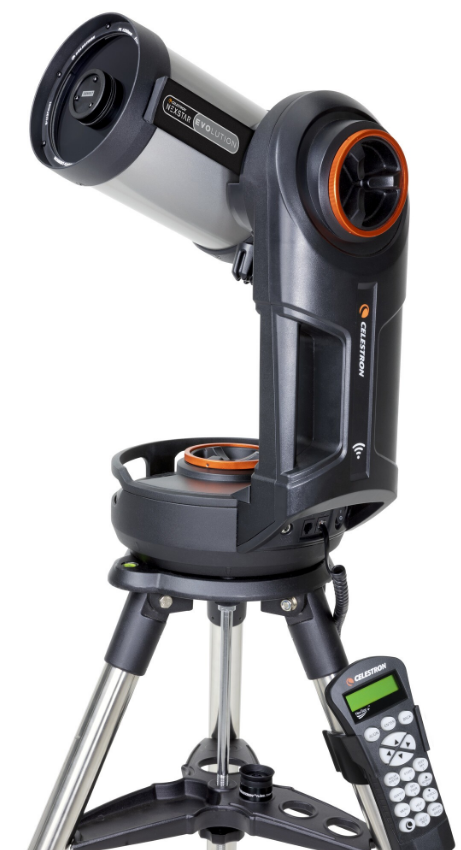
The popular Nexstar Evolution telescopes from Celestron have a new addition: It’s a five inch telescope!
The NexStar Evolution 5 is even more compact and less expensive than the other models in this series. However, it has everything that characterises a NexStar Evolution telescope:
- High-quality optics in a Schmidt-Cassegrain design. This design is compact, closed and very easy to use. The long focal length is ideal for observing and photographing the moon and planets.
- The telescope is equipped with motors and computer control (“GoTo”). This means that even beginners can find all attractive celestial objects.
- The telescope can be controlled with the hand controller or via smartphone and the SkyPortal app from Celestron. To do this, the telescope generates a Wi-Fi signal so that you can connect your smartphone to the telescope.
- The NexStar-Evolution has an integrated lithium iron phosphate battery (LiFePO4) with a battery life of approx. 10 hours.
- The telescope can be disassembled into three parts. This makes it easy to transport and fits in any car boot.
You can find the NexStar Evolution 5 and all other models here in the shop.
Tags: Celestron, telescope
Posted in New Products
»
February 7 2024, Stefan Taube
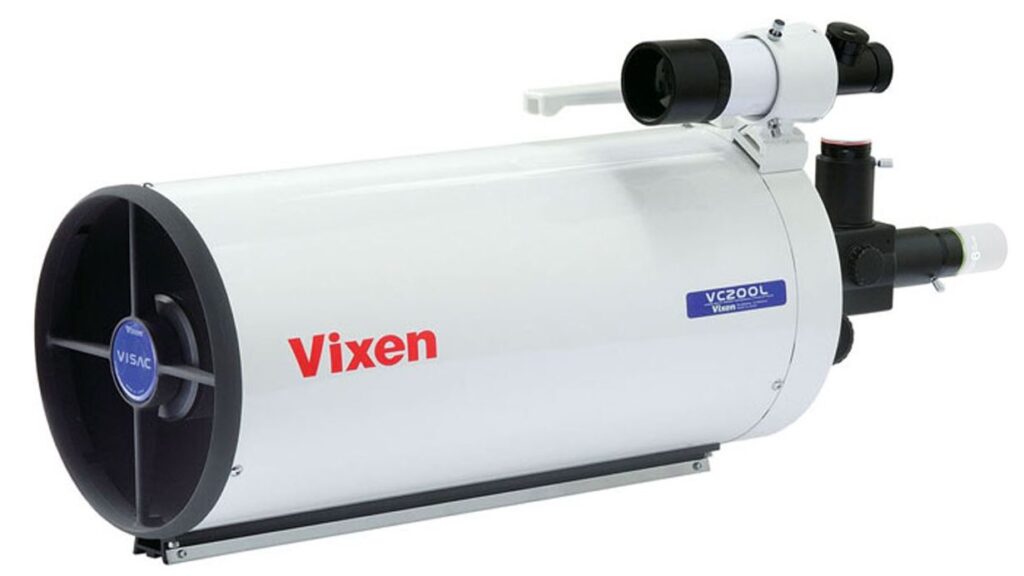
You can currently get the C 200/1800 VC200L VISAC Cassegrain telescope from Vixen for a particularly low price!
The VC200L VISAC has been specially developed for the requirements of astrophotography. The unique catadioptric system has an aspherical primary mirror, a convex secondary mirror and an additional triplet correcting lens. This combination results in the VISAC telescope optics (Vixen Sixth-Order Aspherical Cassegrain).
The VISAC system offers you tack-sharp stars right to the edge of the field of view, as it corrects all three types of imaging errors of reflecting telescopes.
You can find more information here in the shop.
The offer is limited in time. Take advantage of it now!
Tags: Vixen, telescope
Posted in Sale
»
February 7 2024, Stefan Taube
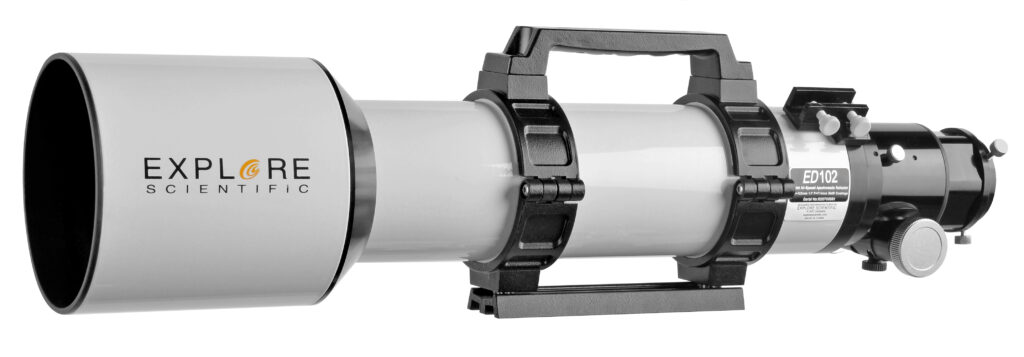
The apochromatic telescopes in the Professional Line series from Explore Scientific use an objective consisting of three lenses with a central element made of the special FCD-100 glass: the colour purity of these objectives sets standards in this price class!
You can now obtain the following three models at a special price:
All telescopes are equipped with the high-quality 2.5-inch Hexafoc focuser. It offers a 1:10 reduction for precise focussing in astrophotography.
The offer is limited in time. Take advantage of it now!
Tags: Explore Scientific, Apo, telescope
Posted in Sale
»
January 29 2024, Stefan Taube
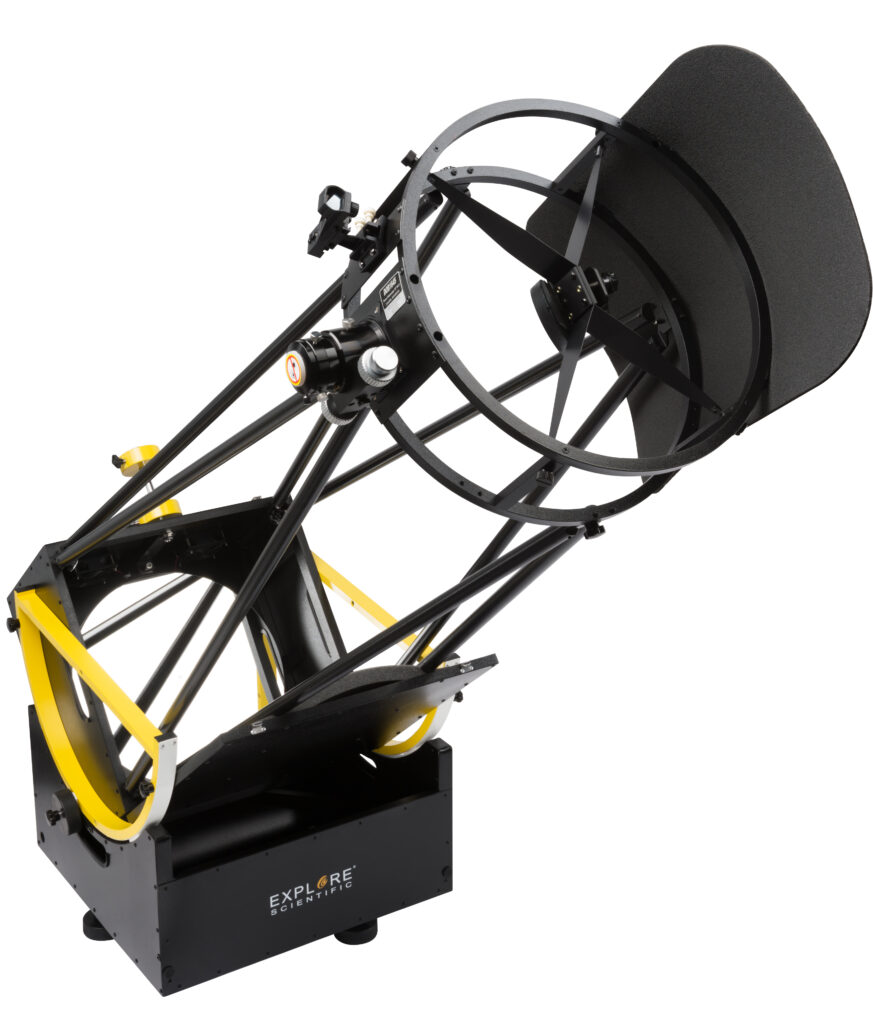
You can currently get the largest model in the Ultra Light Dobsonian series from Explore Scientific at a special price!
It is the Dobsonian telescope N 406/1826 Ultra Light Generation II
Explore Scientific offers lightweight aluminium Dobsonians that are optimized for transport and a rapid set-up:
- The secondary mirror holder can be operated without tools and is with stable adjustment
- The primary mirror can be adjusted from the front during observation and sits in a modern cell with radial roller bearings and a 9-point system
- Large altitude wheels allow jitter-free movement even at higher magnifications
- Cover and altitude wheels fit into the rocker box, the mirror box is equipped with a lid for transport, so you only have to transport two aluminium boxes and a bundle of rods
- Extremely rigid construction!
- Dew-resistant thanks to all-aluminium construction: No more negative influence from humidity thanks to the exclusive use of aluminium and other metals
- Two radial main mirror fans for rapid ambient temperature adjustment
You can find more information about the large 16-inch model here in the shop.
The offer is valid until 28th February 2024 and only while stocks last! Take advantage of it now!
Tags: Teleskop, Dobson, Explore Scientific, telescope, dobsonian
Posted in Sale
»
January 25 2024, Stefan Taube
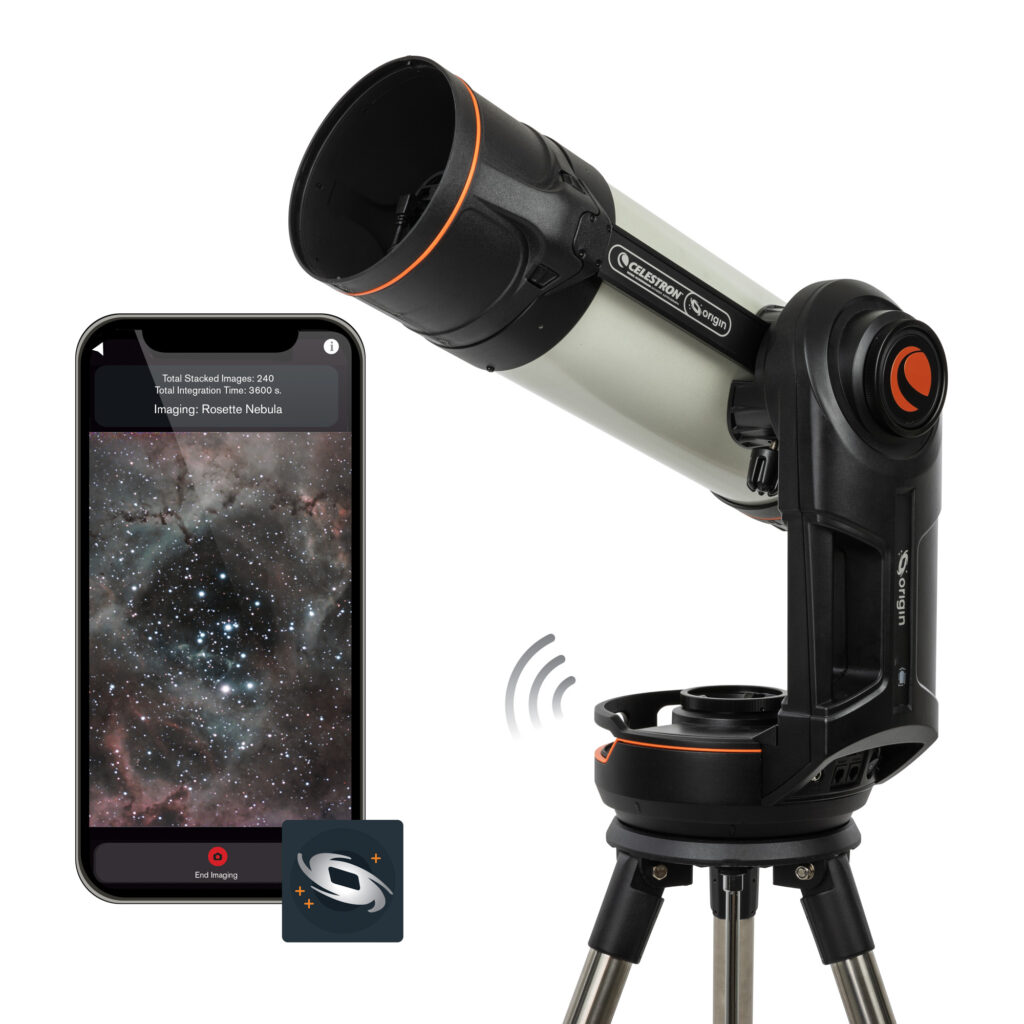
The renowned telescope manufacturer Celestron now also offers a Smart Telescope. This is a telescope with a built-in camera and a user-friendly smartphone app:
Celestron Smart Telescope S 152/335 RASA Origin
Compared to other smart telescopes, Origin has special features that you can expect from one of the most innovative manufacturers:
- At 152 millimeters in diameter, the optics are larger than those of other telescopes of this type. As a result, the resolution is significantly higher, which has a very positive effect on globular clusters, the Moon and planets for example.
- The optics consist of the patented RASA design. This technology from Celestron allows a particularly fast focal ratio of f/2.2 – in the same exposure time Origin delivers a significantly brighter image than other automated Smart Telescopes. In addition, the closed optics prevent dust, dirt or moisture from accumulsting on the mirror.
- Origin is equipped with fans for the optics and electronics, a built-in heater for dew protection and a filter drawer.
As Celestron is a manufacturer by and for astronomers, Origin also allows you to use filters and edit the raw images yourself without using the integrated image editing software.
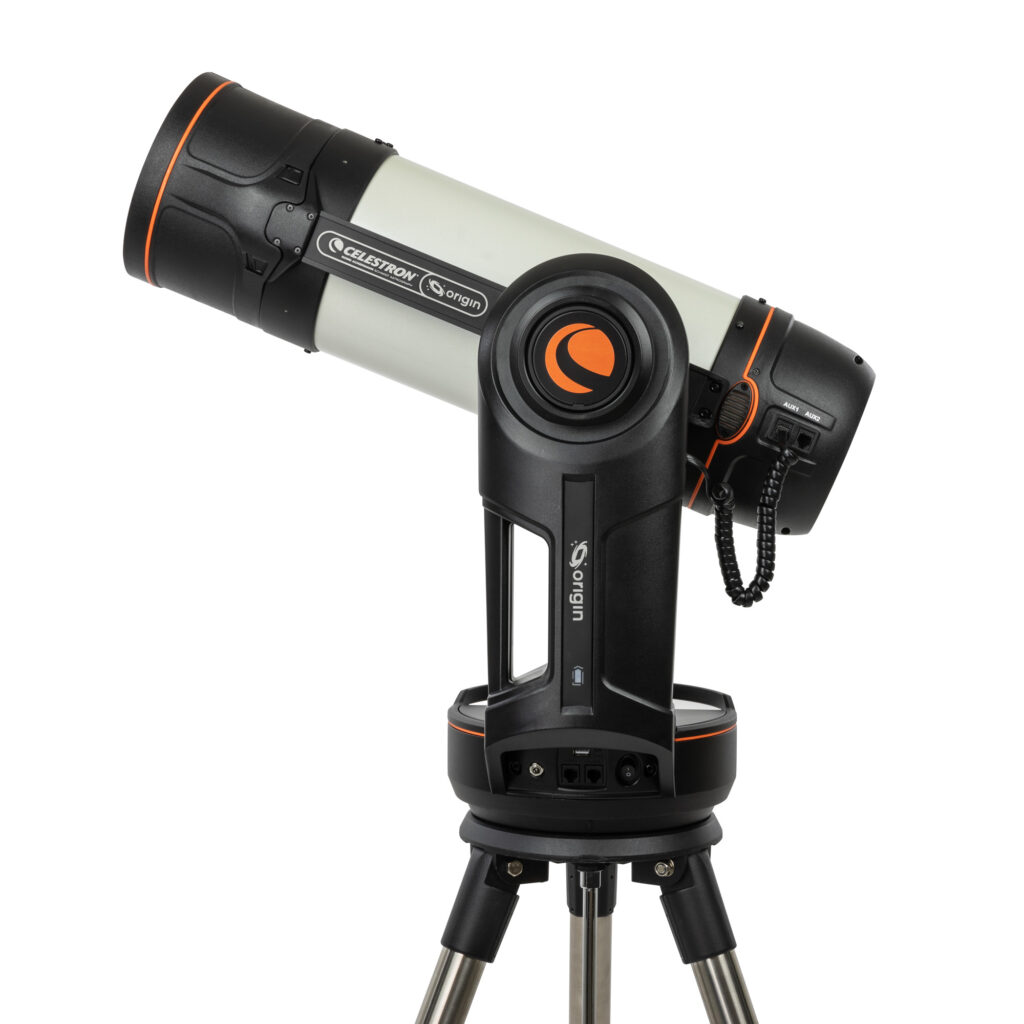
Origin is supplied with a mount based on the proven NexStar Evolution design. The single-arm mount is very stable, yet compact. It is equipped with an integrated rechargeable battery that powers the mount, the camera and – if desired – even your smartphone.
With Origin, Celestron is revolutionizing electronically assisted Astronomy, also known as EAA. EAA can not be compared to observing through a Dobsonian or to “classic” astrophotography, yet it offers another approach to Astronomy that is particularly interesting for beginners and city dwellers.
With a new particularly innovative product like Origin, it is not always easy to meet the high demand in a timely manner. Therefore our recommendation: Pre-order your Origin NOW here in our shop. We will deliver it as quickly as possible.
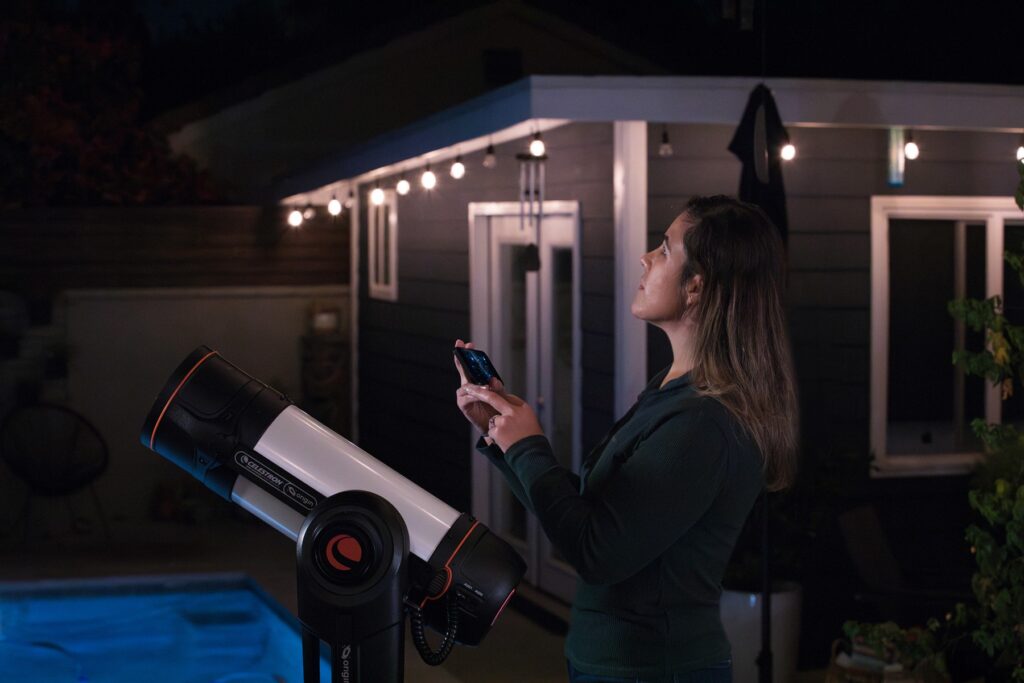
Tags: Celestron, Teleskop, telescope
Posted in New Products
»
January 25 2024, Stefan Taube
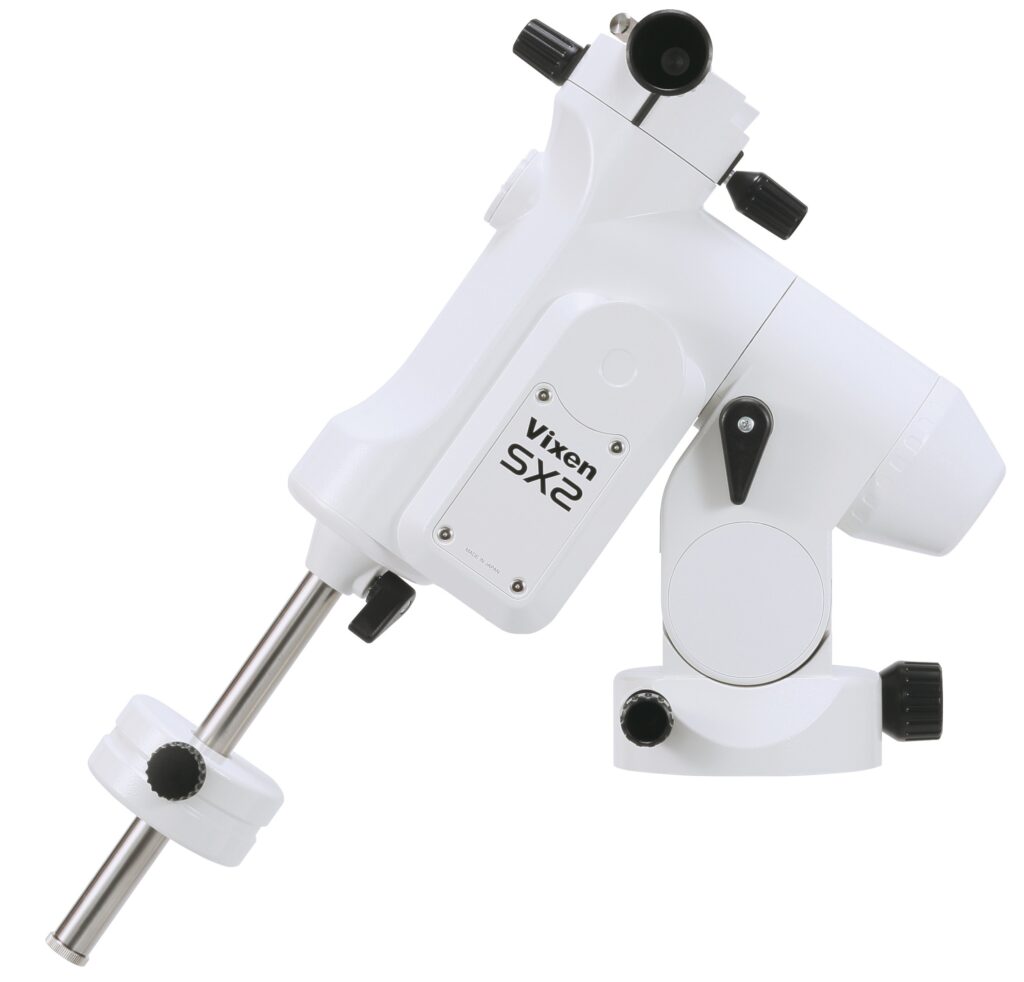
With the SX2WL model, the Japanese manufacturer Vixen is launching a new mount in the Sphinx series.
The SX2WL is the first Sphinx mount to be equipped with a Wireless Unit. It generates a local WLAN so that the mount can be controlled via a smartphone, using the free STAR BOOK Wireless App. This App offers all the functionalities of the previous STARBOOK TEN with manual controls simply via your smartphone. This significantly reduces the power consumption of the mount!
The SX2WL is ideal for mobile astrophotography: It can carry up to 12 kilograms, but weights only 7 kilograms. Due to the design of the Sphinx mounts the motors act as counterweights and only a light additional counterweight is required.
Like all Sphinx mounts, the SX2WL also impresses with its high quality standards Made In Japan!
You can find more information and the current price here in the shop.
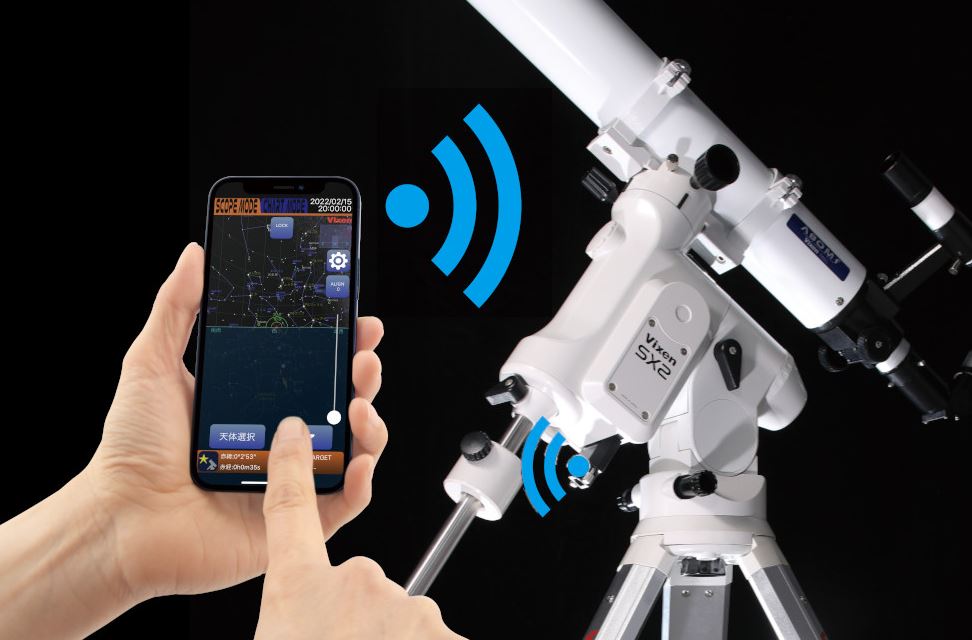
Tags: Mounts, Montierung, Vixen, Mount
Posted in New Products
»
December 1 2023, Stefan Taube
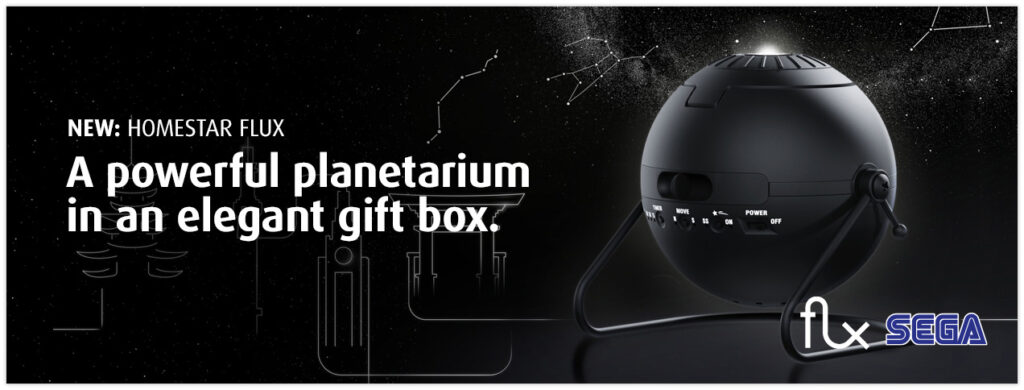
The special gift idea: Bring the stars into your Christmas home for you and your loved ones. The home planetariums from SEGA are the best choice here!
SEGA offers three models:
All variants have useful features, such as a timer and switchable shooting stars.
You can upgrade any SEGA home planetarium with additional high-quality slides. This means you can always new exciting patterns with Astronomy and other topics.
You can find all SEGA planetariums here in the shop. Additional slides are available under the brand names SEGA Toys, Astrial and Redmark.
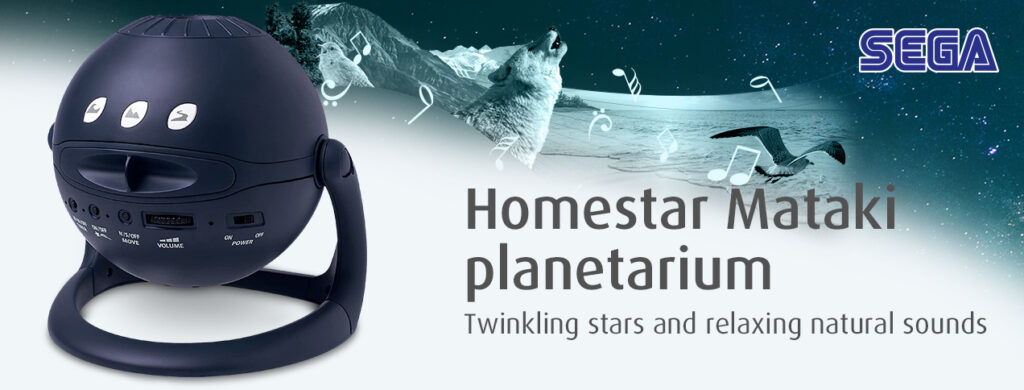
Tags: Planetarium, Home planetaria, Sega
Posted in Sale|New Products, Sale|New Products
»
October 18 2023, Stefan Taube
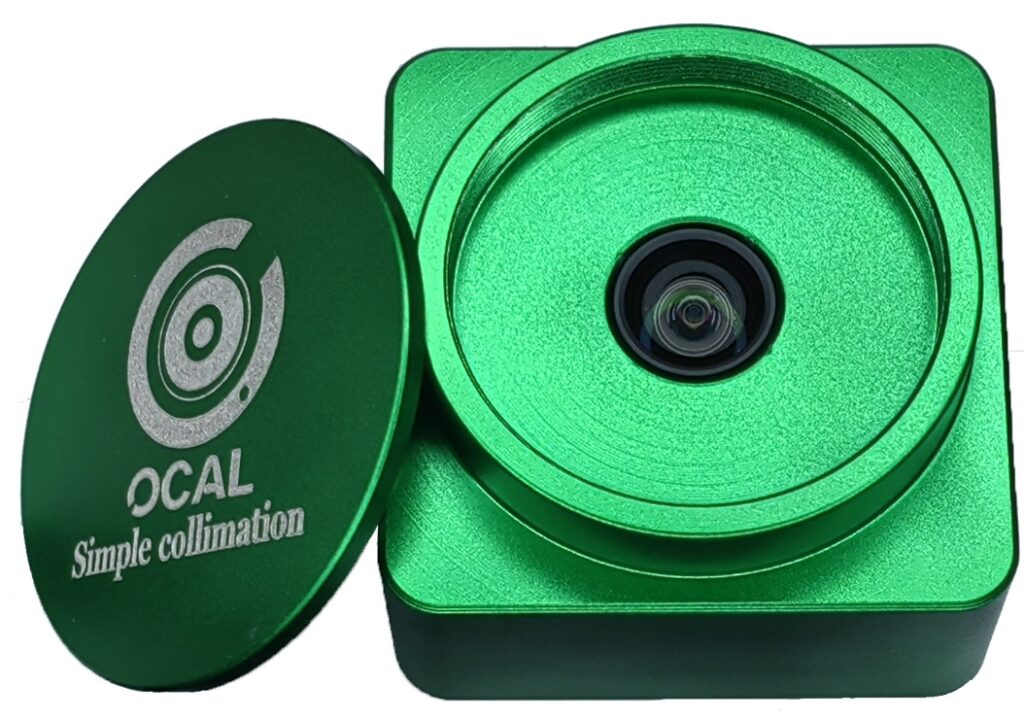
The OCAL PRO collimator has revolutionised precision collimation of reflector telescopes since its introduction in 2021! Now you can get an improved version of the collimator: OCAL V3.0 electronic collimator
Transportation and general usage can cause telescopes to lose their collimation. This is because the scopes’ primary and secondary mirrors shift position. The instrument can no longer show off its capabilities. An abundance of collimation accessories help to redress this.
The OCAL V3.0 uses a camera for this. This makes it unbeatably precise.
The OCAL V3.0 has an entirely new design:
- Inside, it has an in-built, light-sensitive CMOS sensor. This makes collimation easier in poor light conditions.
- Exposure time is also now only 1/20, compared to previous models.
- The OCAL V3.0 has a much bigger lens than both of its predecessors.
- The new OCAL V3.0 can achieve considerably higher resolutions. This makes images clearer, even in critical conditions and improves the precision of the results.
- The new version comes with different adaptors.
You can find further information, price and purchase options using the following link: OCAL V3.0
Tags: collimation, OCAL, noctutec, accessories
Posted in New Products
»
October 5 2023, Stefan Taube
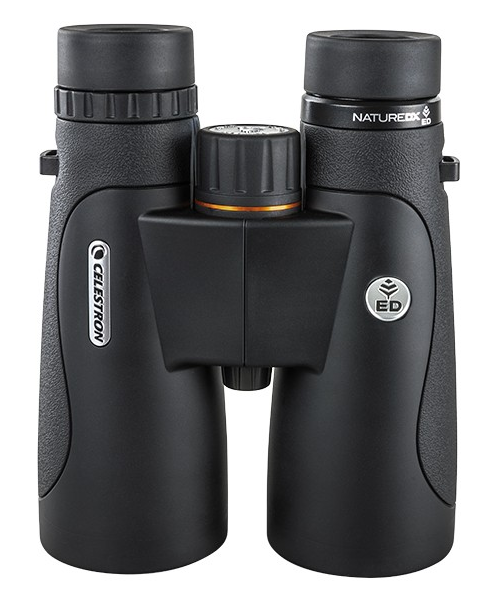
Binoculars from Celestron’s NATURE DX range are ideal for nature lovers and hikers. They are weatherproof, compact and lightweight – ideal for on the go!
However, the price of these binoculars is perhaps the most impressive thing. Although they have all the features of more expensive brands, they are offered at an exceptionally attractive price. This makes them the ideal companion for all hillwalkers, skywatchers and, in particular, for amateur bird watchers.
The latter benefit especially from the NATURE DX binoculars with ED lenses. The extra-low dispersion lenses provide true colour images at high resolution and contrast – with almost no colour abberations. This is particularly beneficial when observing colourful plumage on bright days.
Binoculars from the NATURE DX range are true all-rounders for all nature lovers!
Tags: Celestron, binoculars
Posted in New Products|New Products
»














